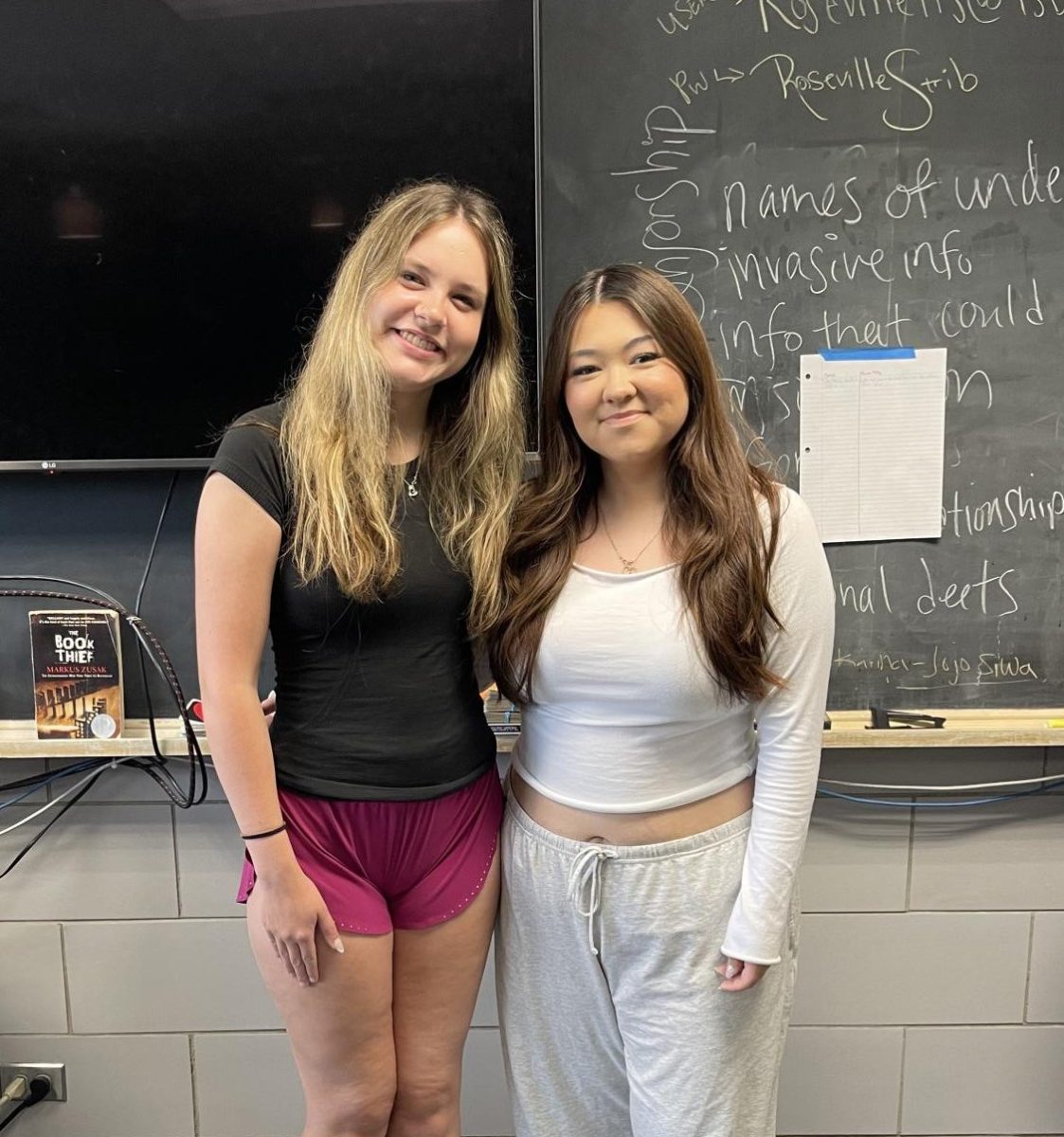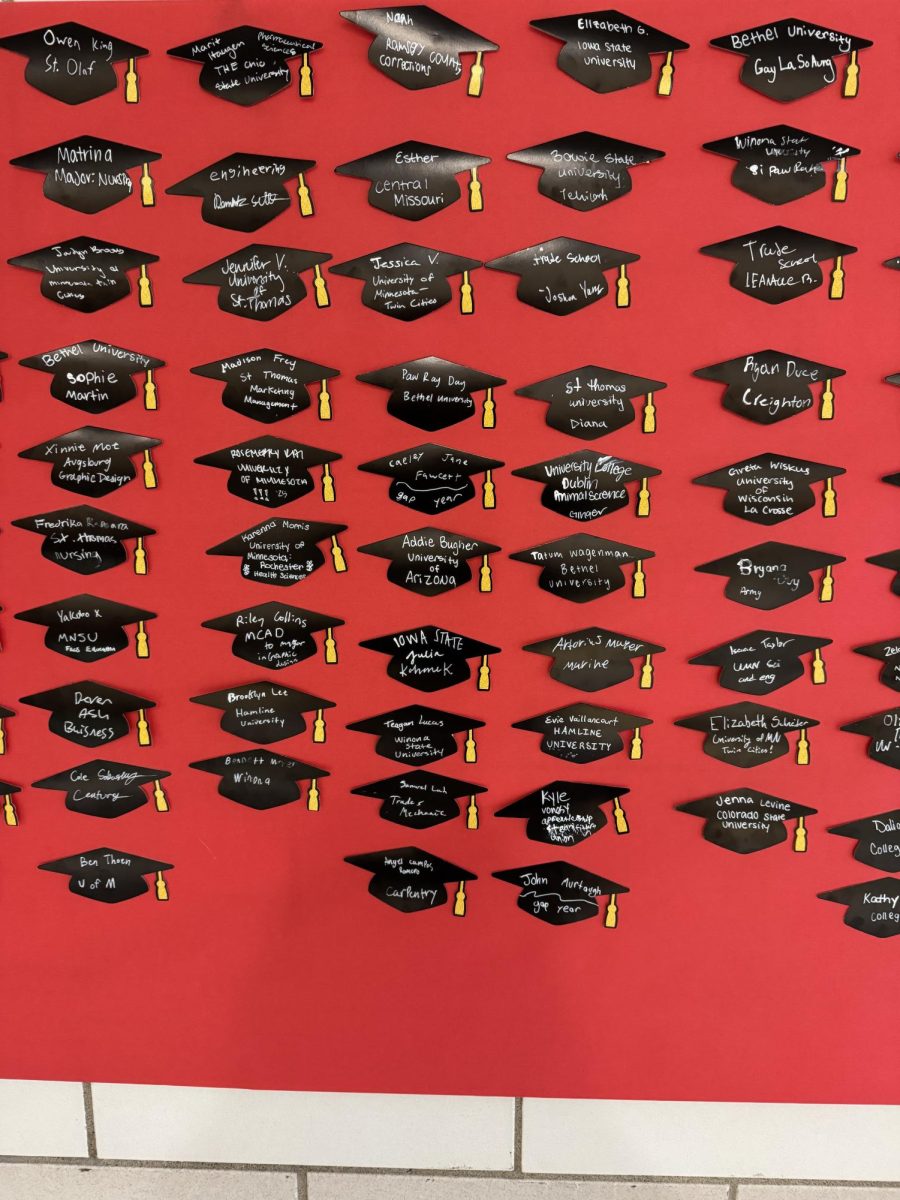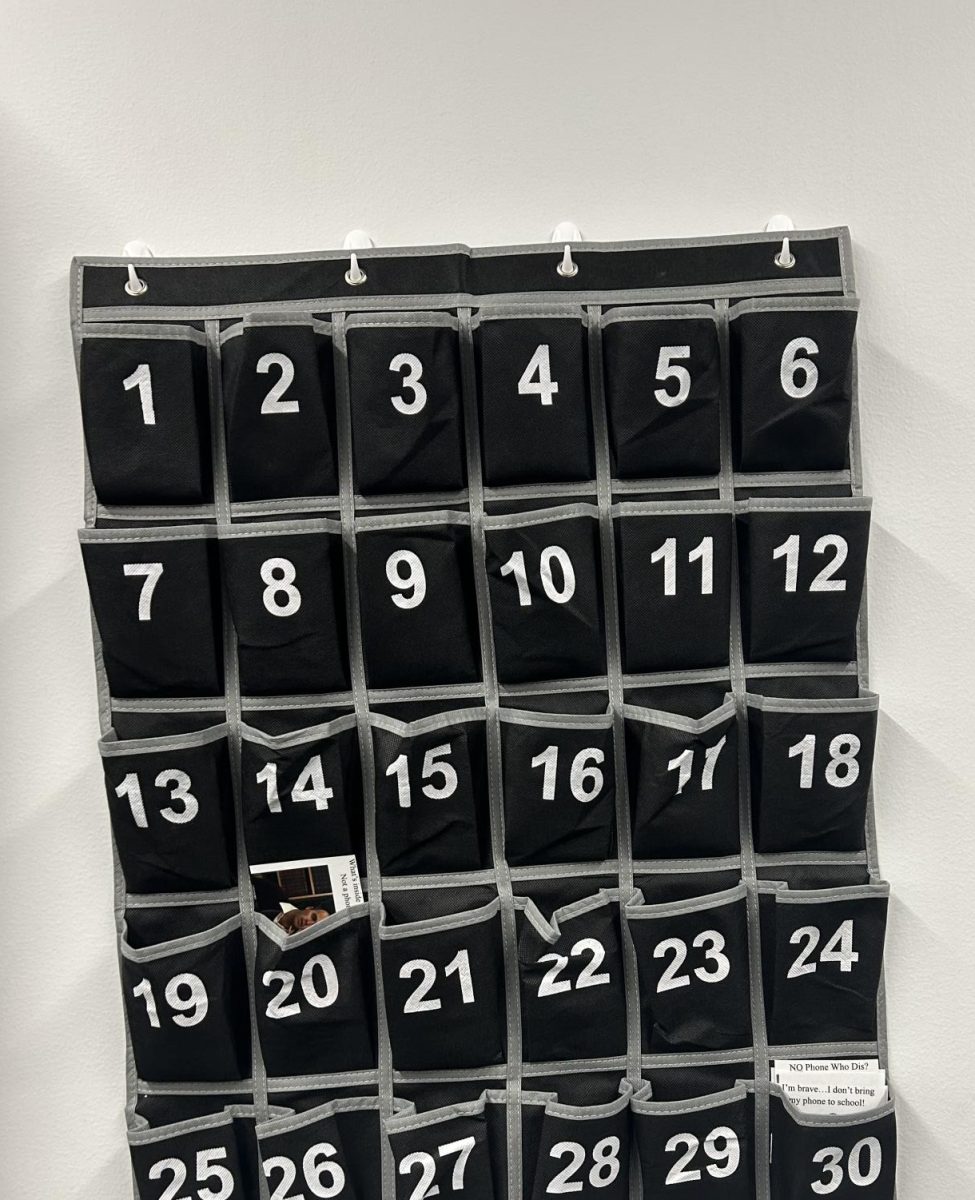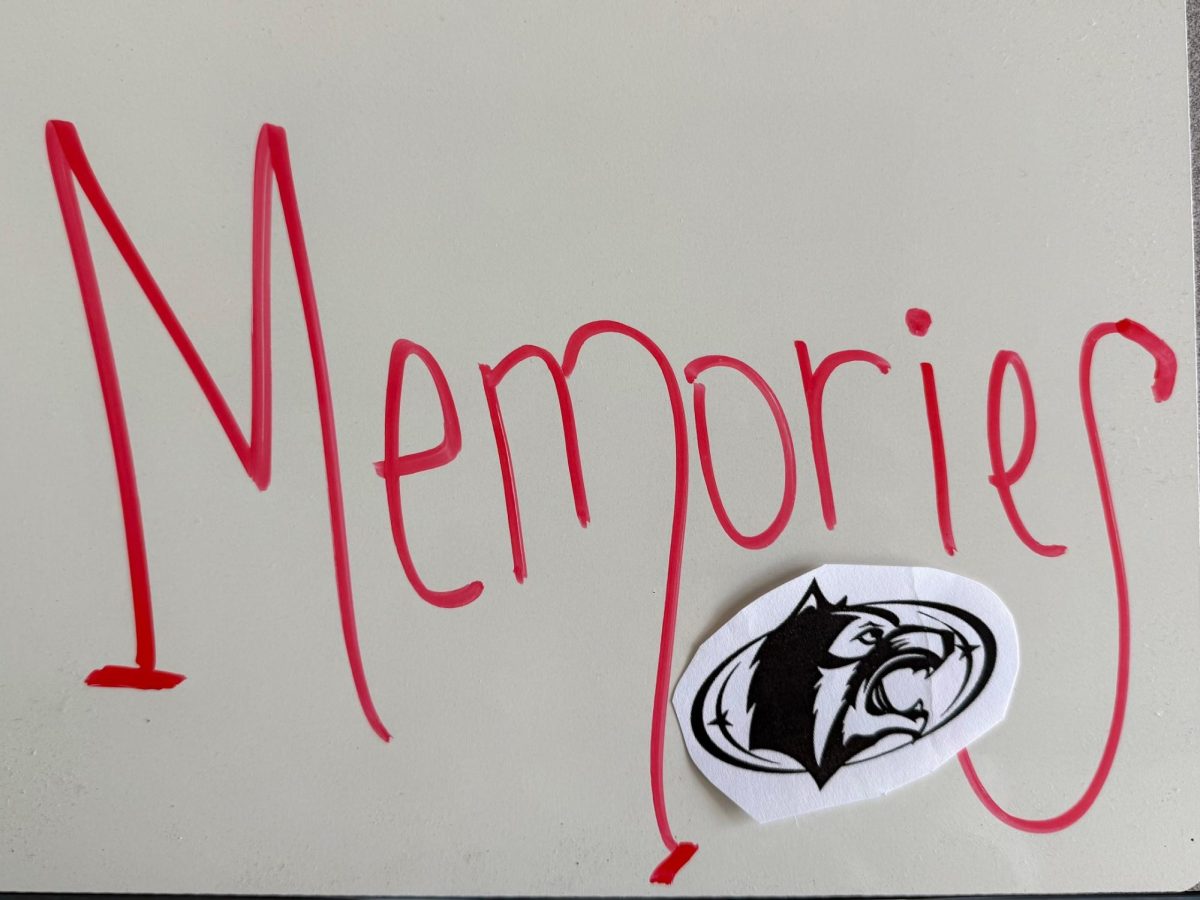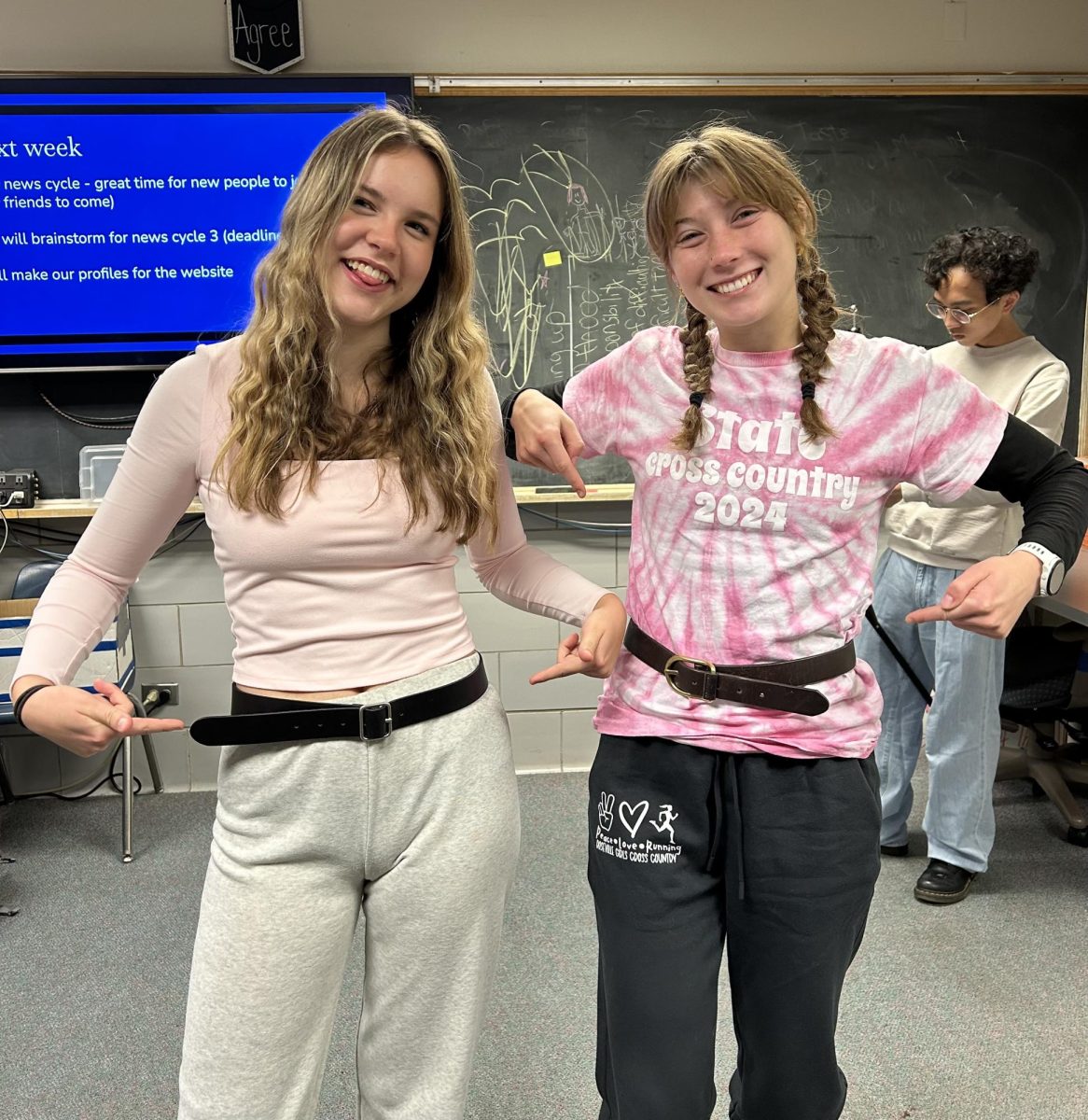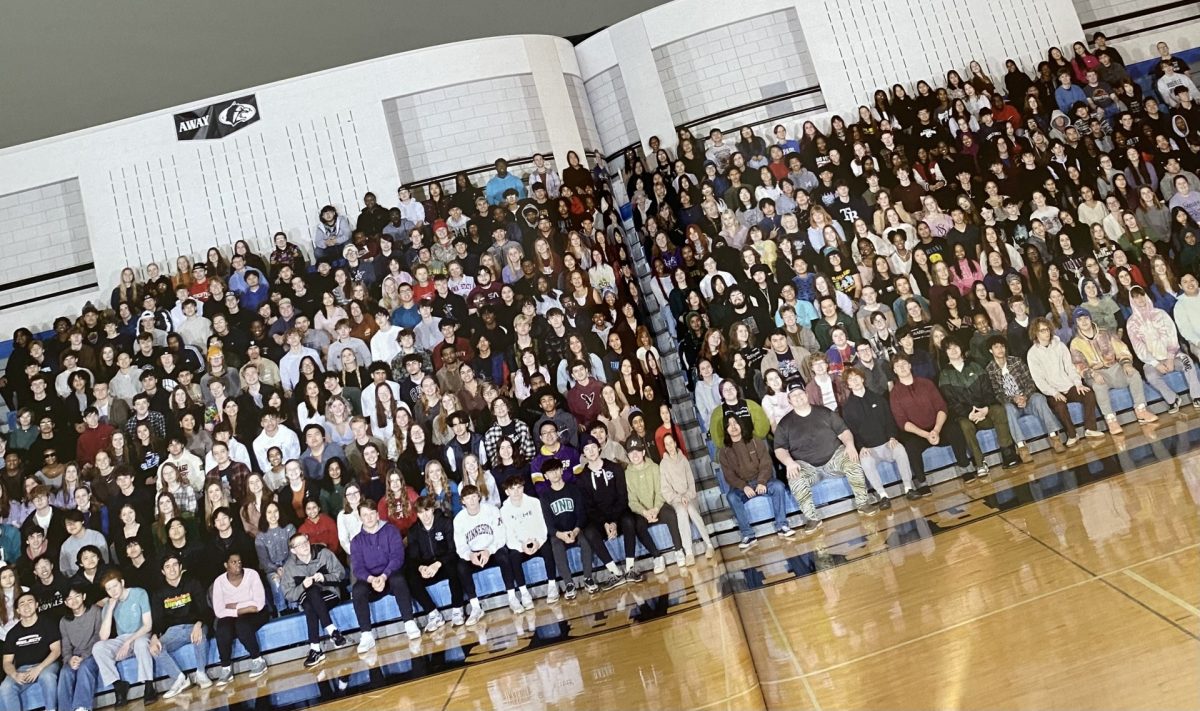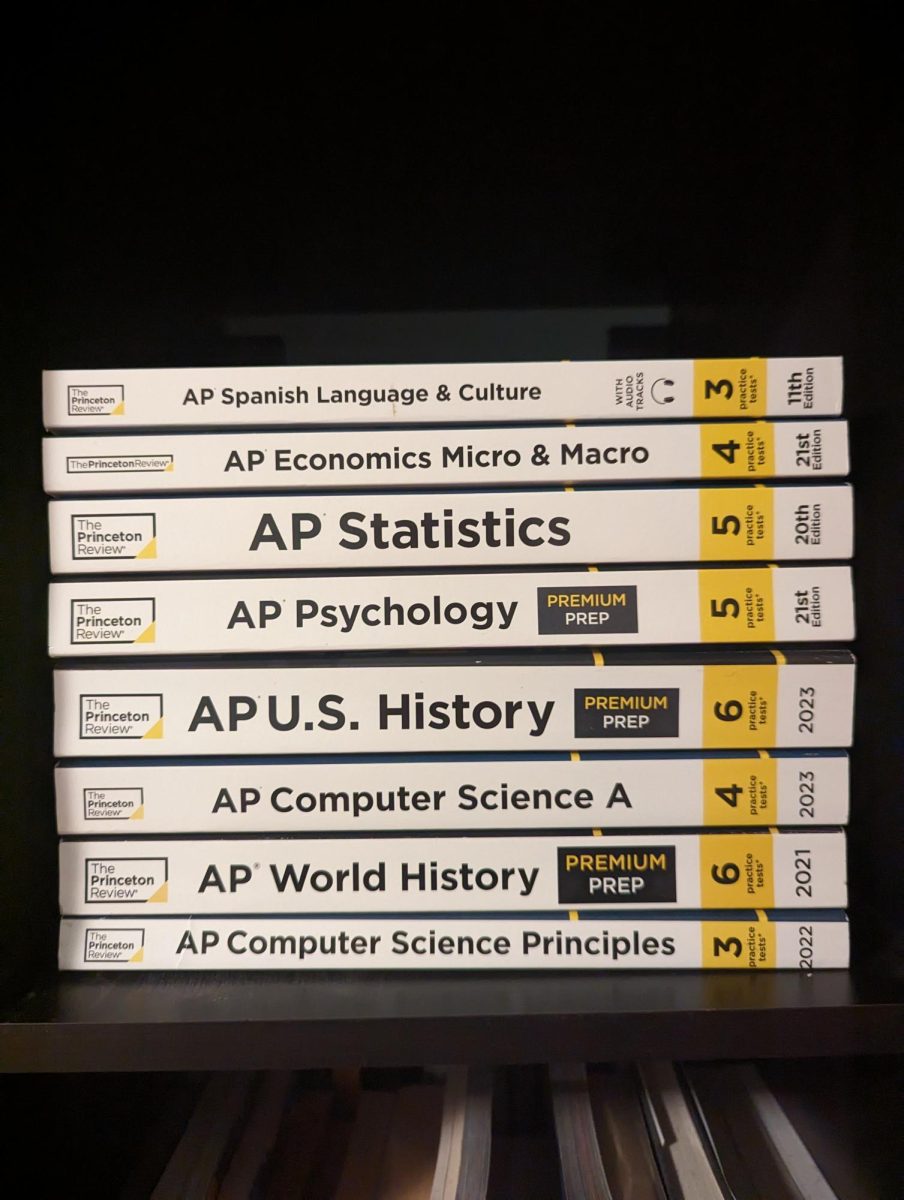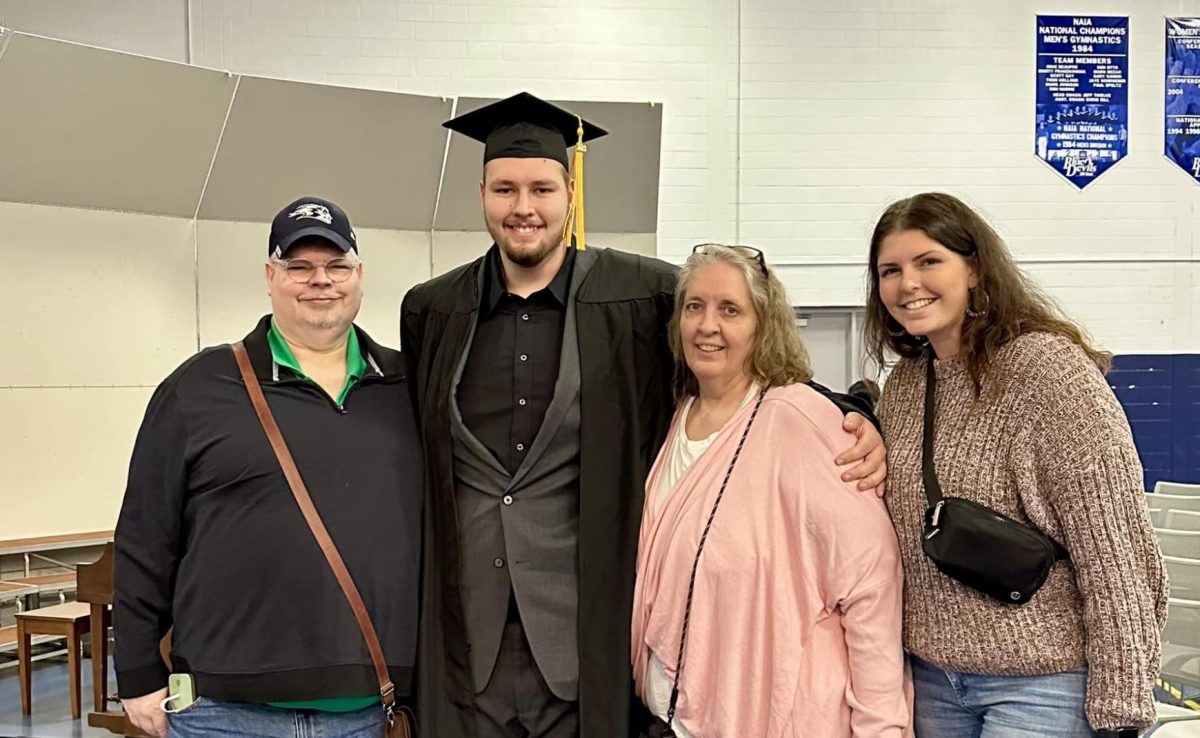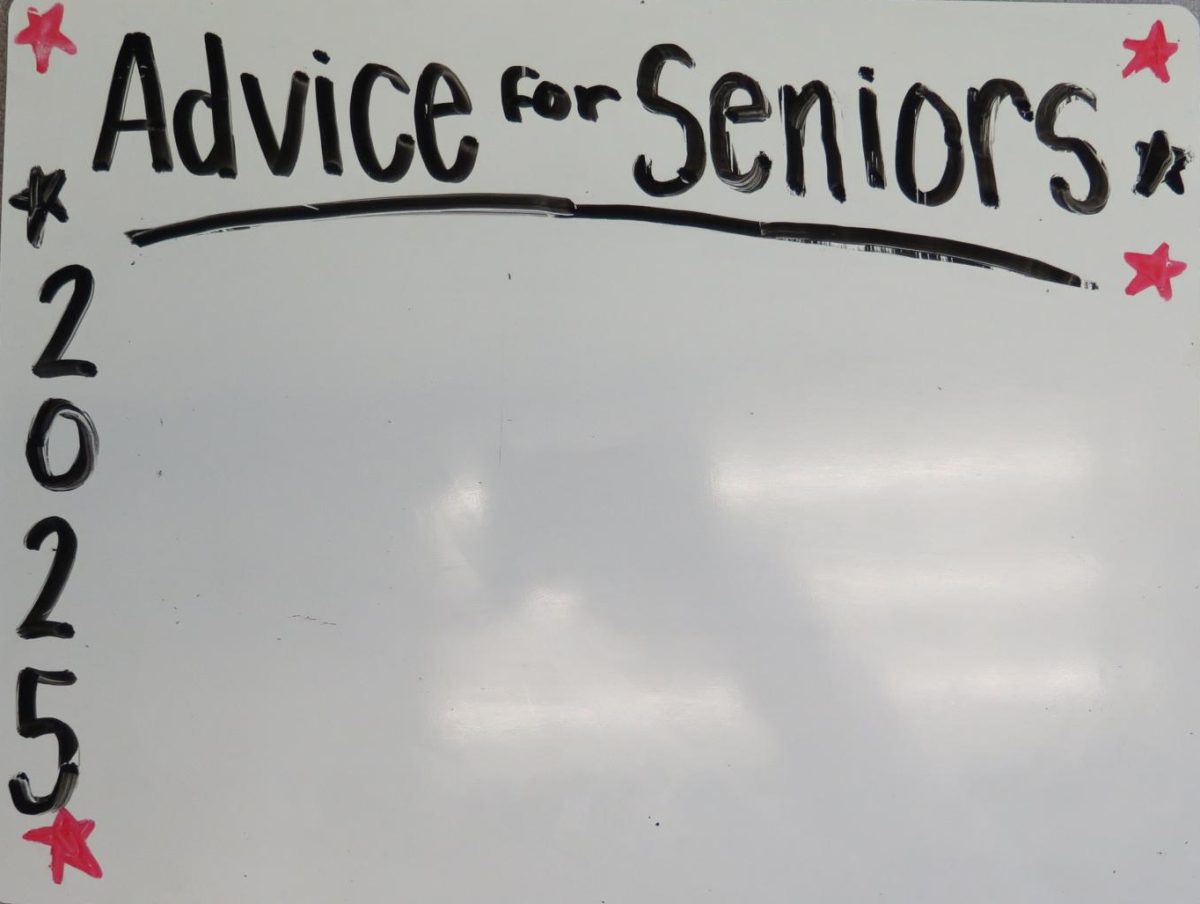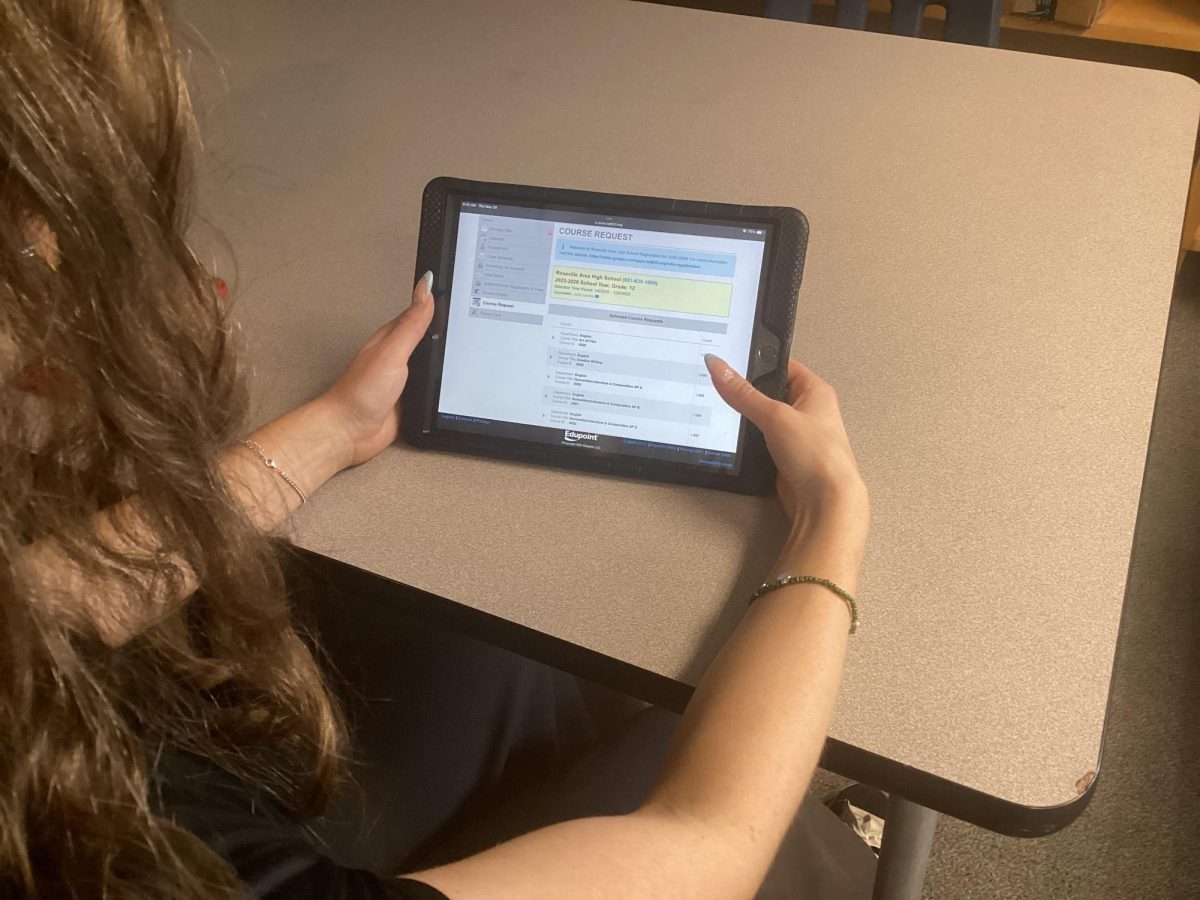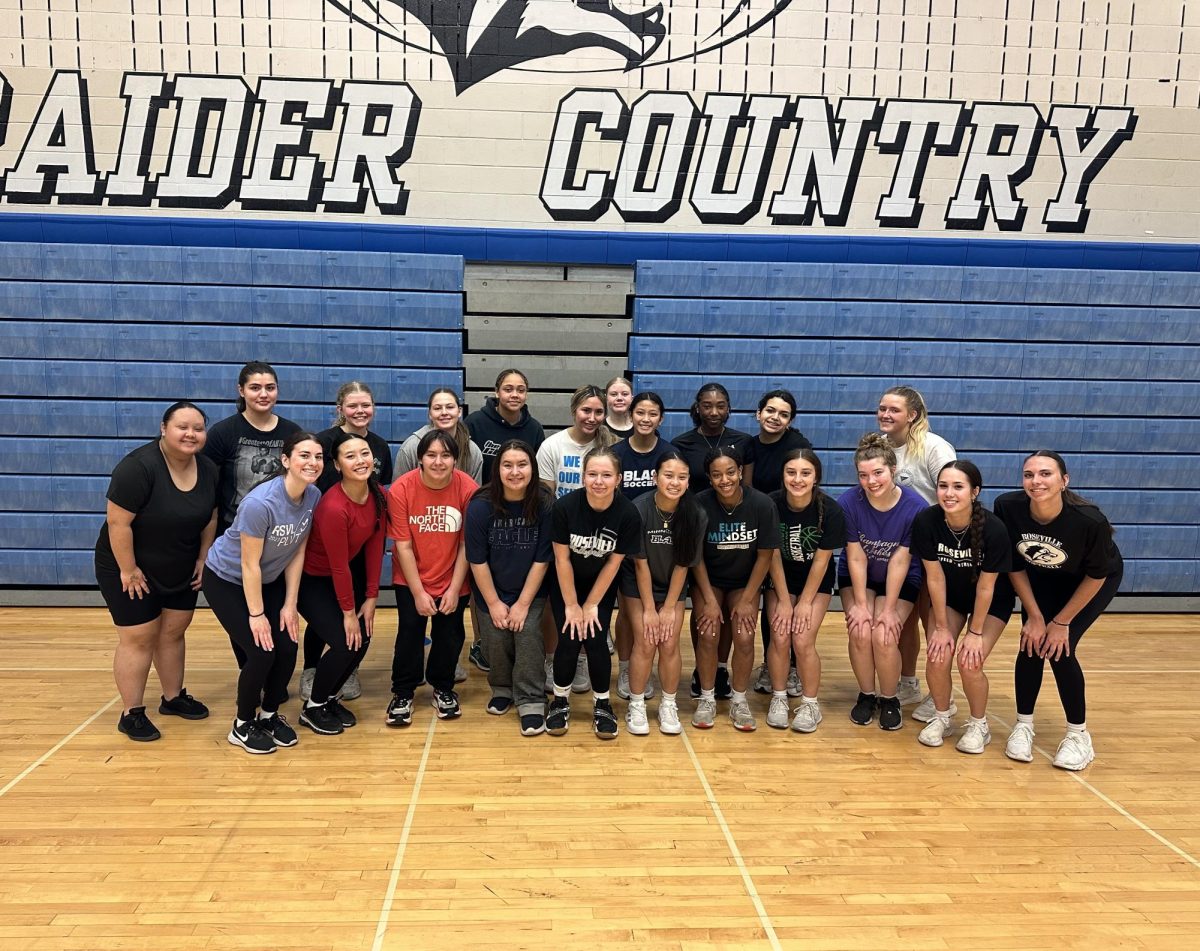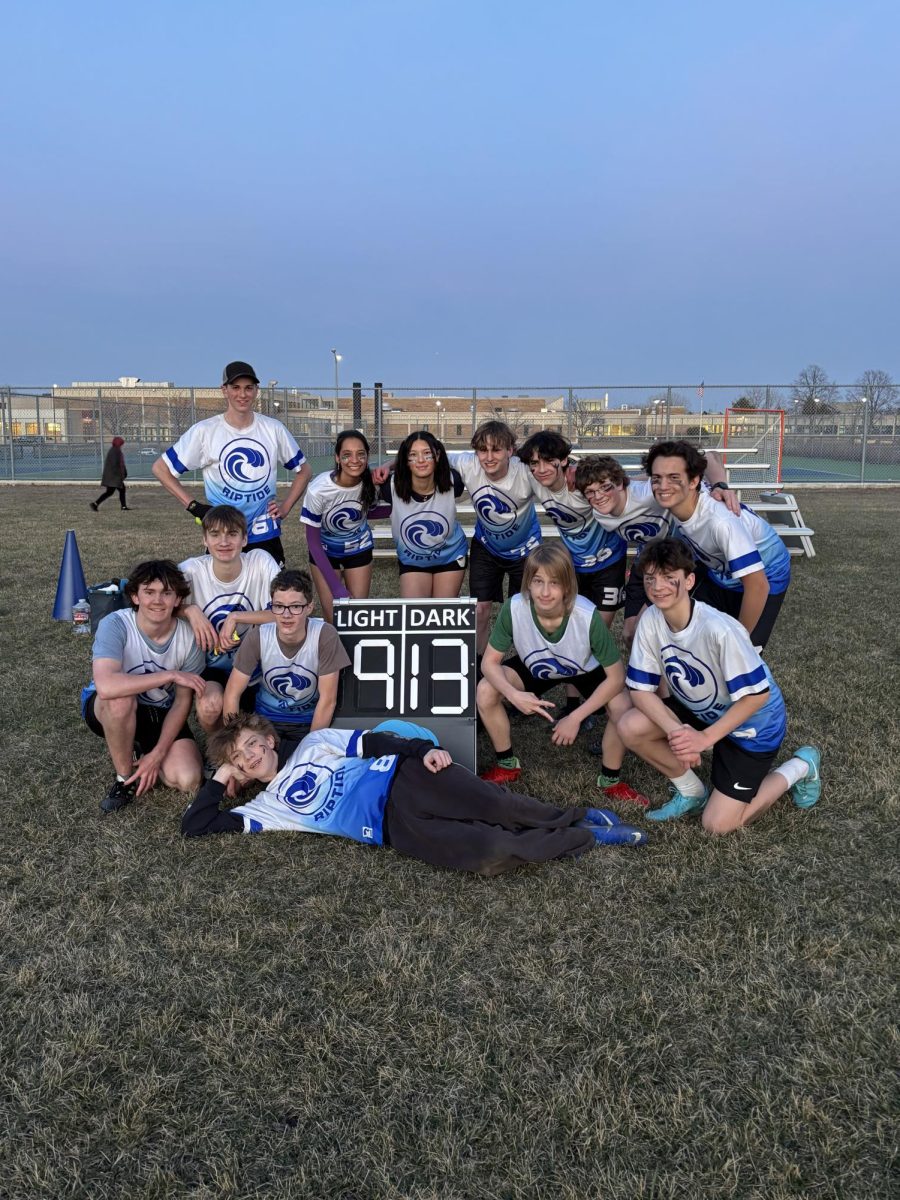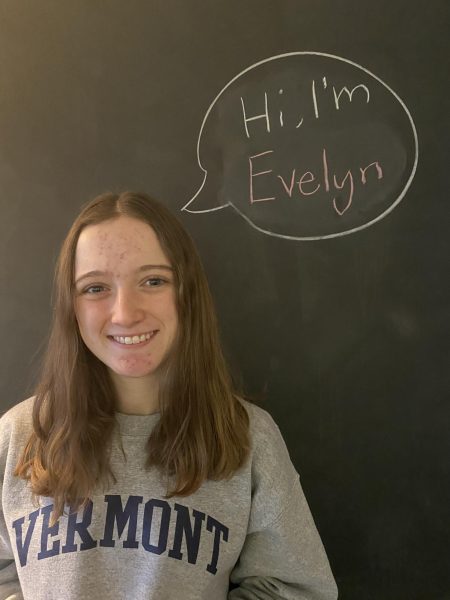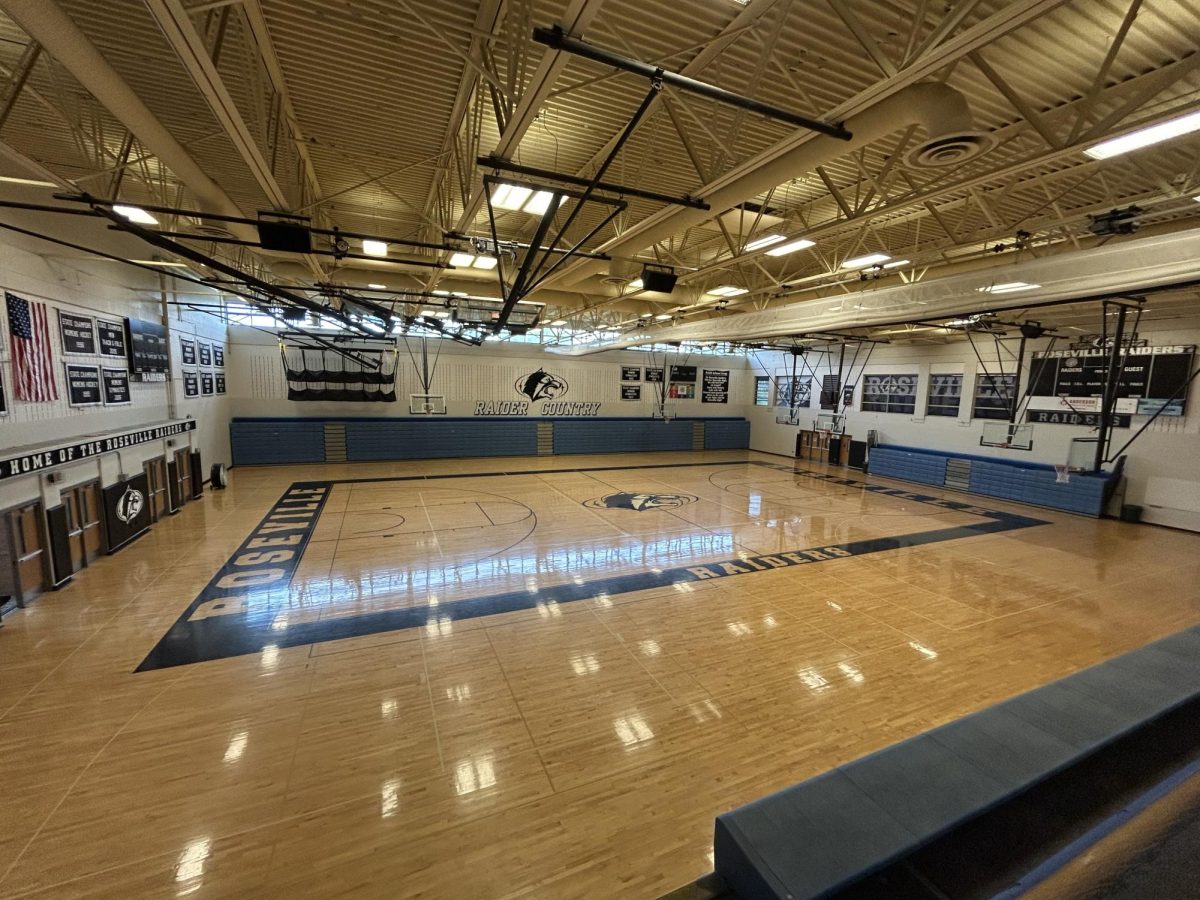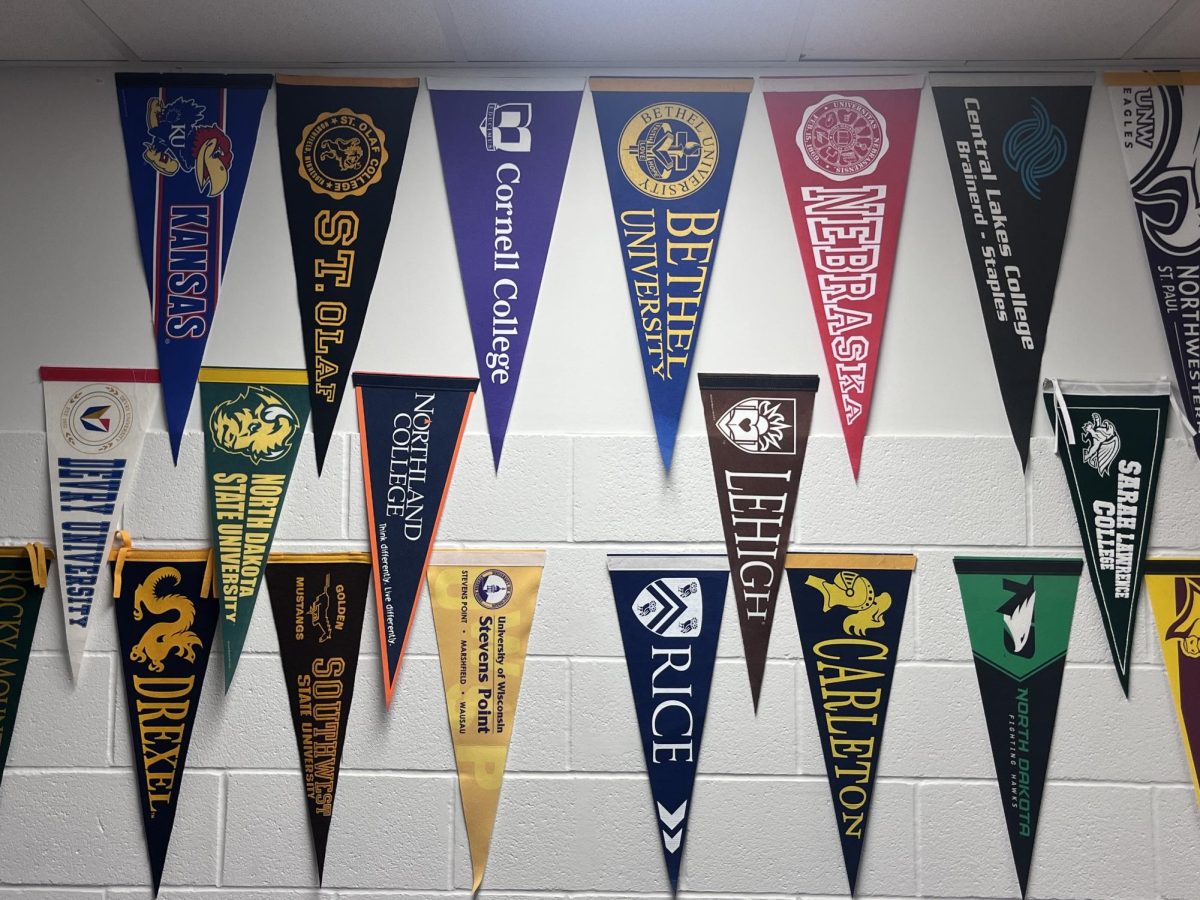Free Lunch for All Students Comes to an End
October 11, 2022
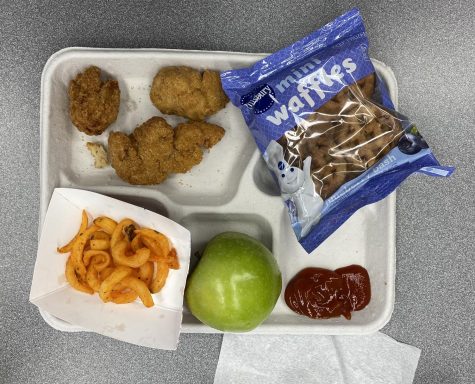
Adjusting to life after covid was difficult for everyone, including Roseville Area Schools students. The state decided to waive breakfast and lunch fees for all students to help financially struggling families become stable again. However, the funding stopped after the 2021/22 school year, and the district was unable to pick up the extra cost, so the program ended.
Many students who have eaten school lunches agree that all students should have access to free food throughout the day. Jane O’Neil, a junior at RAHS said, “I believe that free lunch for students is an incredibly good idea because it allows every student to be guaranteed food every day of school regardless of their families income.”
O’Neil then discussed the hypothetical of a child forgetting their lunch or not having the time or resources to pack food for the day, and shared the common concern of students ‘easily getting a school lunch… without having to make sure they had money in their account.’
Faith Robles, a freshmen at RAHS, discusses the importance of free lunch for all students by stating the benefits. Robles said, “I think that schools should switch to free lunch permanently. It would help so many students… Not only physically but academically. They would have more energy during class and help them focus because they aren’t hungry.”
Another popular view is that if students have the means to pay for lunch, they should have to. Michele Edwards, a counselor at RAHS, discusses the importance of knowing your financial situation and seeing if you can afford school lunches.
Edwards said, “Free/Reduced lunch was originally for families with economic need… I believe that it should go back to just families with economic needs as we have many families who can afford to pay for lunch in our district.”
While free lunch for all was a program that helped many students, there are still opportunities for free and reduced meals for students who fit certain qualifications. RAHS teachers like Mr. Lueken are worried that students do not know about these opportunities.
Mr. Lueken commented that students who rely on school meals as their only source of food still have access to free breakfast and lunch through the free and reduced lunch program, and that this program meets the needs of the students who truly rely on it.
Jamie Crandall, a technology integrationist here at RAHS, was a former student on the free and reduced lunch program as a kid. She talked about the pros and cons of the current free lunch program and said “One pro is that when students apply for educational benefits and they qualify, they also qualify for iPad insurance… So overall, the educational benefits/ free lunch program helps me in my job…some students now will not fill out the application, and they will not get free lunch even if they need it. I’m concerned that they might not get the food they need.”
Anyone looking to fill out an application for the current free and reduced lunch program should visit this link https://www.isd623.org/services/nutrition-services or contact our nutritionists, Angela Richey ([email protected]) or Maria Anderson ([email protected]).

